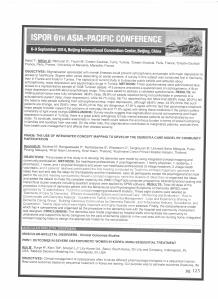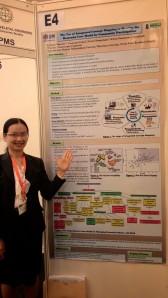As technology continues to develop and transform industries, pharmacy education is no exception to this trend. Chatbots are a technology that has gained considerable popularity in recent years. Chatbots are computer programs that simulate human interactions and have many applications, including education.
In pharmacy education, chatbots such as ChatGPT can play a crucial role in facilitating student comprehension of difficult concepts. One of the primary advantages of chatbots is their capacity to facilitate individualized learning experiences. Chatbots may be programmed to recognize each student’s individual needs and learning styles, and they can alter their teaching strategies to ensure that each student receives the necessary support.
Another benefit of chatbots is that they are accessible 24/7, allowing students to utilize them anytime. This is especially beneficial for students struggling with a particular issue and requiring extra guidance outside of class hours. Chatbots allow students to receive the assistance they require whenever they need it, without waiting until the next class or during office hours.
Additionally, chatbots can be used to build fun and engaging learning environments. For example, chatbots can make learning more exciting and enjoyable by introducing gamification components, such as quizzes and challenges. This is particularly crucial in pharmacy education, where the content can be relatively dense and challenging.
Chatbots can be utilized to aid instructors and streamline administrative work, in addition to assisting students with their education. For instance, chatbots can be programmed to respond to frequently requested questions, decreasing instructors’ time responding to emails and other inquiries.
Overall, chatbots such as ChatGPT can contribute significantly to pharmacy education. Chatbots can assist students to succeed in their studies and prepare for successful jobs in the pharmacy field by delivering tailored learning experiences, extending 24/7 support, and creating engaging learning experiences.


![Photo editing_Cloud20140904[1]](https://geriatricpharmacy.files.wordpress.com/2014/09/photo-editing_cloud201409041.jpg?w=300)
